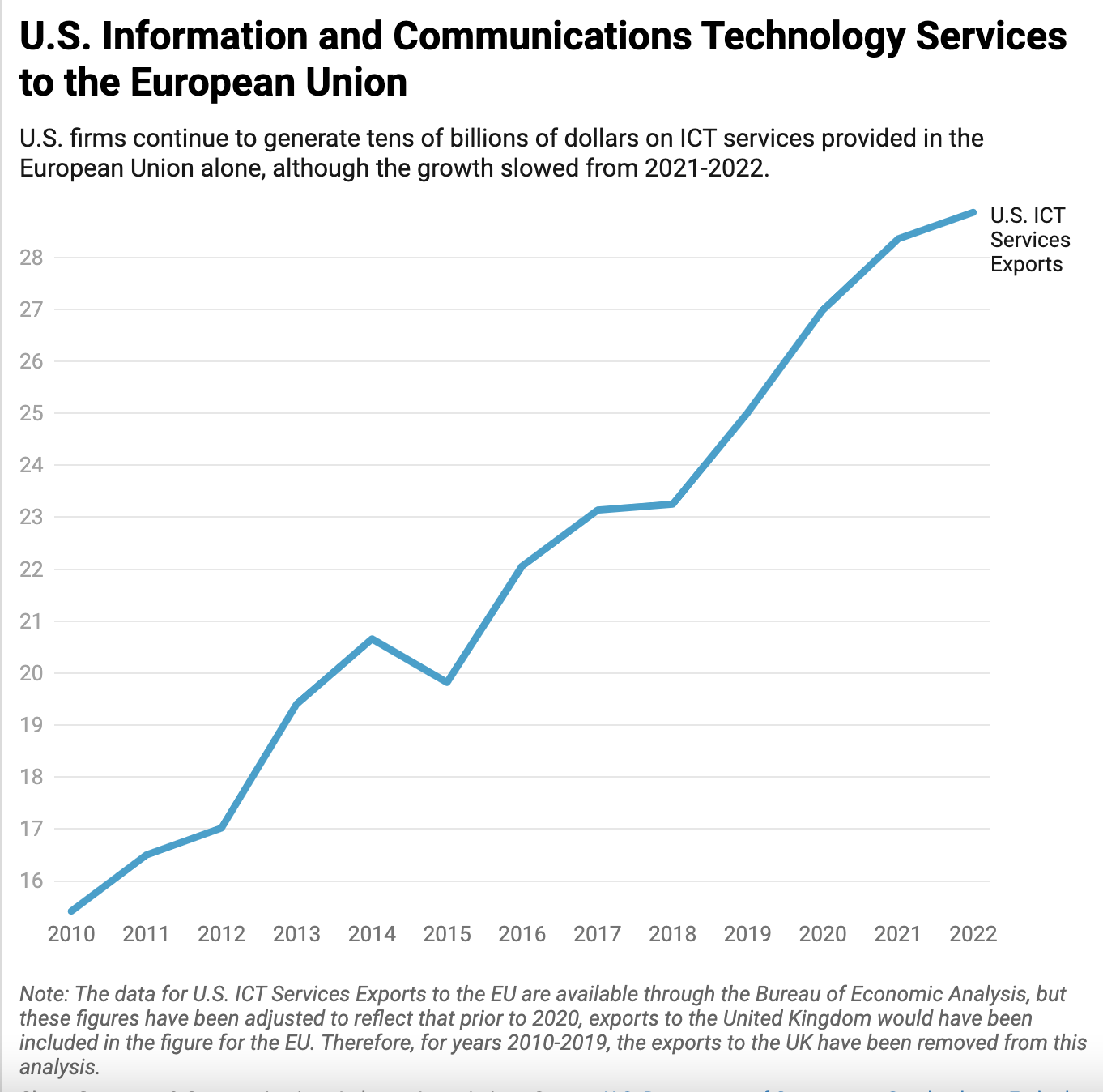Ensuring that the Vulcan Salute Can Live Long and Prosper
What does Leonard Nimoy’s “Vulcan salute” have to do with European newspaper headlines? They both might one day be regulated by new international intellectual property rules, if some have their way. One might think that what constitutes “intellectual property” is set in stone, but it isn’t. Around the world, different interests are lobbying for governments to create new types of intellectual property all the time.
As DisCo has covered before, news publishers in Europe and elsewhere are currently pushing for the creation of new IP rights in newspaper headlines, so that online sites can be forced to pay for the privilege of quoting or linking to news coverage. Spain and Germany have already created these rights, and there is pressure in Brussels for a pan-European rule.
At the same time, for more than a decade there have been efforts within the World Intellectual Property Organization to create rights in “traditional cultural expression” (which, as explained below, may include the hand gesture on which Leonard Nimoy based the Vulcan salute). Some indigenous communities are distressed about the commercial exploitation of their folklore and other forms of cultural expression by “outside” entities. In a desire to (a) prevent uses that they believe are disparaging and (b) regain control over an important part of their identity, these communities have lobbied for a treaty that would require the creation of intellectual property rights in “traditional cultural expression.”
Concerns have been raised about the scope of the draft treaty. If adopted in its current form, critics say, the treaty could interfere with cultural life around the world, pulling out of the public domain material that is incorporated in countless novels, paintings, films, sculptures, operas, and other musical compositions. This is because these works are based on stories, legends, dances, rituals and other forms of expression that the treaty could protect without a limitation on term.
How does this relate to Leonard Nimoy’s Vulcan salute? The famous actor’s death last week provoked extensive discussion of his contribution to popular culture, including the famous Vulcan salute used by his character Spock in the Star Trek television series and movies. The Vulcan salute (hand raised with the palm forward and the thumb extended, while parting the fingers between the middle and ring finger) could violate the exclusive rights that a treaty on traditional culture expression would create. This is because Nimoy, according to his autobiography, based the Vulcan salute on the hand gestures in the priestly blessings he saw in synagogue as a child.
The priestly blessing is an elaborate ritual performed during the Jewish worship service by men who believe they are descendants of Aaron, the High Priest and Moses’s brother. These men are referred to as Kohanim (Hebrew for “priests”). At the beginning of the ritual, the hands of the Kohanim are washed by the descendants of the tribe of Levi, the Levi’im. The Kohanim then remove their shoes and stand up in front of the congregation. They cover their heads with their prayer shawls, turn towards the congregation, and raise their hands (underneath the shawls) in what is now popularly referred to as the Vulcan salute. With the fingers and thumbs spread in this manner, each hand looks like the Hebrew letter shin, which is the first letter of the word “Shaddai,” a name for God. The Kohanim then recite the words of the priestly blessing set forth in the book of Numbers: “May the Lord bless you and guard you; may the Lord make His face shed light upon you and be gracious to you; may the Lord lift up His face to you and give you peace.” (If the words sound familiar, that’s because the song “Sabbath Prayer” in Fiddler on the Roof is based on them. It’s also Solemn Blessing #10 in the Roman Missal used by Catholics.)
Although the words of the priestly blessing derive from the Old Testament, and thus are over 2,500 years old, the hand gesture probably developed later. It is described in the Shulchan Aruch (Hebrew for “Set Table”), a codification of Jewish law first published in 1565, thus indicating that it was in wide use 450 years ago. Currently, the priestly blessing is conducted daily in traditional Sephardic congregations, and on holidays in traditional Ashkenazic congregations.
Although no one seems to have objected to Nimoy’s adaptation of the gesture for his Vulcan character, the hand gesture of the priestly blessing may nevertheless fall within the scope of the draft treaty. Traditional cultural expression includes actions such as ceremonies and rituals. The treaty’s protection would extend to the traditional cultural expression created, expressed, and maintained, in a collective context, by the treaty’s beneficiaries. The class of beneficiaries remains in flux. The treaty refers to “indigenous peoples” and “local communities and nations” without defining any of these terms. These terms may encompass traditional Jewish communities. Moreover, the treaty appears to allow national law to determine which communities are beneficiaries. One could easily imagine Jewish communities in some countries (e.g., Israel and the United States) successfully lobbying for the treaty’s protection.
Under the treaty, the rights in the traditional cultural expression would be collectively administered by a “competent authority” for the benefit of the members of the beneficiary community. The competent authority would have the authority to license the use of traditional cultural expression and distribute any resulting compensation. Although Nimoy was Jewish, it is unlikely that the treaty would have permitted him to use the hand gesture in a non-traditional way such as the Vulcan salute in Star Trek without the approval of the competent authority. And the treaty certainly would not have permitted the unauthorized use of the hand gesture by any Vulcans played by non-Jewish actors. The current draft of the treaty does not include a grandfather clause, so if the treaty were adopted in the future, the competent authority in each country would be able to prevent the further dissemination of existing Star Trek works containing the Vulcan salute, as well as the use of the salute in future films.
Folktales permeate modern Western culture, from Disney films to Lord of the Rings to the Twilight series to Wagner’s Ring of Nibelung to Tchaikovsky’s Swan Lake. Thus, it is no surprise that the treaty on traditional cultural expression has little support among the developed countries and WIPO is unlikely to adopt it soon, if ever. But this just highlights the fact that what receives intellectual property protection is a policy choice, rather than a reflection of natural law. As a result, types of protection vary across countries. For example, the “ancillary rights” that restrict newspaper snippets in Europe have received no traction in the United States. Similarly, Congress rejected the attempt by large publishers to import the EU Database Directive’s protection for non-original databases a decade ago. This policy decision has allowed U.S. researchers to engage in enormously productive text and data-mining, which the Database Directive prevents their colleagues in the EU from performing.
Just as policymakers were confronted with a choice over creating database rights, they may one day be presented with a similar choice about news snippets, or hand gestures, and the choices they make could have a considerable effect on culture and communication worldwide.








